6 Lessons To Beat Coronavirus
What successful countries can teach us
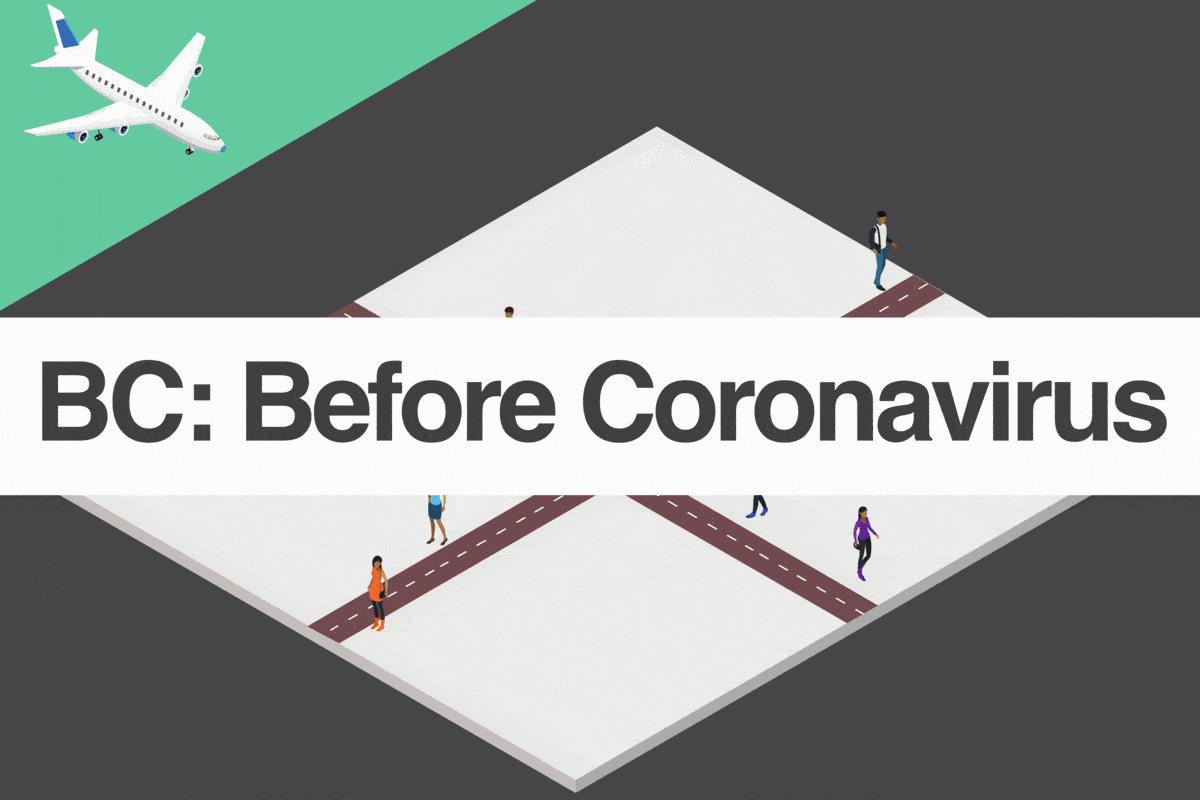
Countries like Singapore, South Korea, and China have bent the curve and suppressed coronavirus. They didn’t just flatten the curve, they bent it and forced it down. This should be the goal for all of us, and for future pandemics. So how did they do it?
There are a few common themes. All the countries that have bent the curve have
- Bought time
- Found the virus
- Isolated it
With these steps, painstakingly repeated, they have been able to save hundreds of thousands of lives and slowly reopen their economies. However, this process is incomplete. We all remain vulnerable until we get to the final step, a vaccine.
If you’re reading this it’s too late
Unfortunately, unless your country has already taken these steps, then it’s probably too late. There is a very small window to take drastic action and there’s no time for denial or even debate. This window has already closed on the US, UK, and EU. These nations can no longer contain the virus, they can only hope to contain the damage.
Some of the global south still has a chance, and this is also for the future. Like the Death Star plans, these are lessons that people fought and died for — from China to Italy. We should learn as much as we can, if not for this pandemic, then for the next.
0 | Start Early
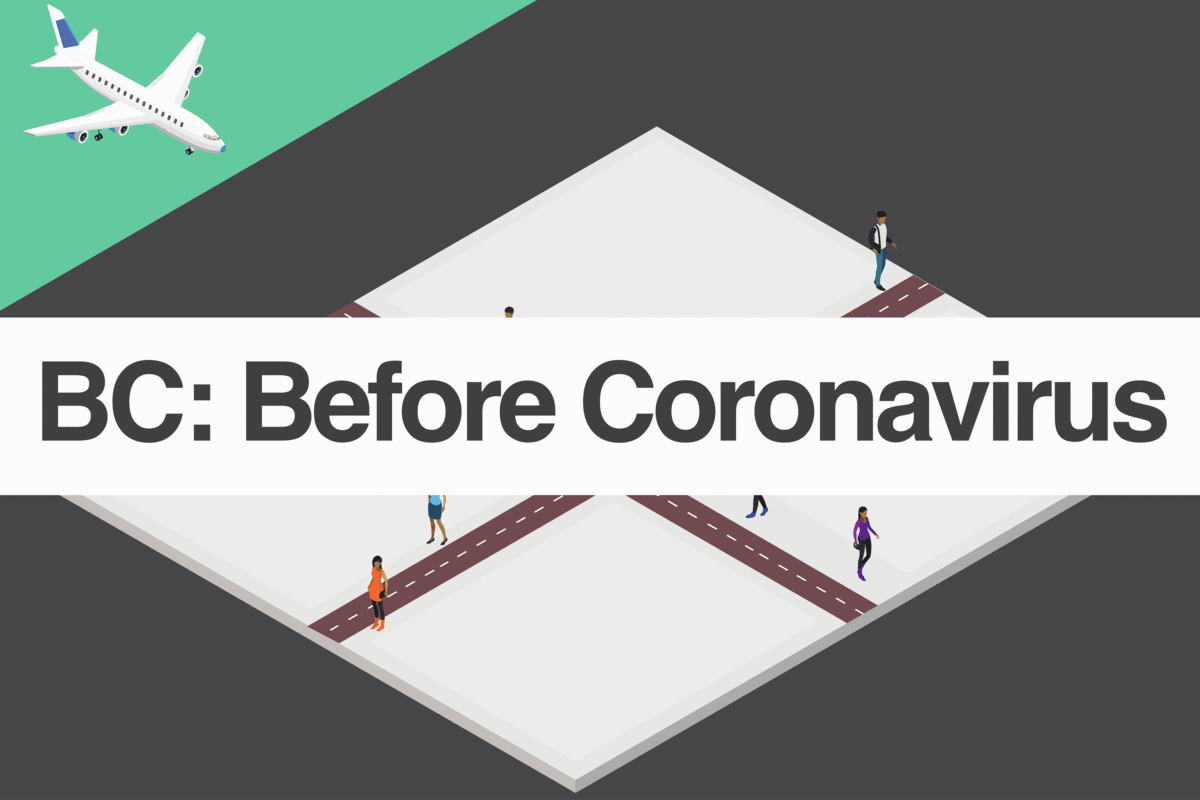
If it feels like you’re overreacting to a few cases, you’re doing it right. Any count of confirmed cases is at least 1–2 weeks behind and this is exponential. Either you’re ahead or forever behind, there is no timing this.
Containment is only possible very early in an outbreak. Once the virus starts spreading inside your country it’s too late. All of the lessons that follow only really apply before like 100 confirmed cases. That’s an arbitrary number, just start early.
These first cases are the most important. You need to react like each one is ten-thousand, or that’s what they’ll become.
1 | Buy Time

Border closures, shutdowns, and social distancing cannot stop the virus, but that’s not the point. The point is to just buy some time to do the other stuff you need to do.
How you buy time depends on the country. Some countries, like Taiwan or Singapore, can take surgical measures — app-based tracking, detailed contact tracing, inspecting certain flights. These are wealthy, organized countries, usually with SARS experience and a collective spirit. They also have good, stable, leadership.
If you’re like the rest of the dysfunctional world, you may just have to pull the plug on the whole economy. Shutting all the borders, like India or Sri Lanka, or shutting down entire states of countries, like Italy or the US. Basically, the less prepared/advanced countries have to take the most drastic action, or things get Biblical fast.
As God said on Twitter, you can “either shut down all your nonessential services, or wait for the virus to shut down all your essential services.”
Closing Borders

Closing borders is not recommended by the WHO because it only delays a virus. But in this case, a delay is all you need. If you can just slow down the virus you have time to build some defenses. The outbreak is traveling around the globe, so if you can stop or at least quarantine those passengers it buys valuable time.
Note that after the first few months, travel bans are pointless and counter-productive. We will need the full force of global cooperation to fight this, so as soon as controls are established, borders should be re-opened.
Social Distancing

To stop community spread, you need to get rid of the community. Simply removing people from the streets will slow the virus down. It just has fewer chances to spread. This also destroys your economy, but it buys you time. That’s all we’re trying to do here.
2 | Test
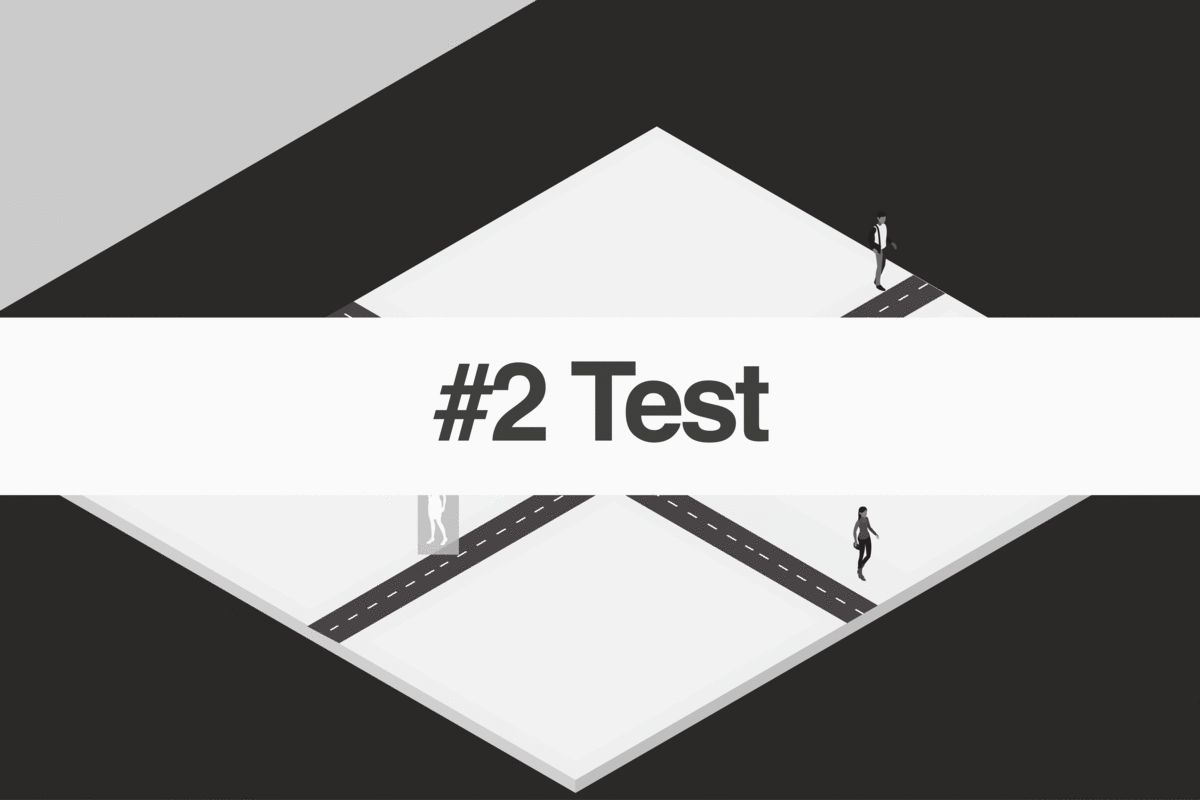
The next step is to find the damn thing.
You can’t fight what you can’t see, and testing is the only way to see this virus. As the Director-General of the WHO says, ‘test, test, test’. If you’re not testing, you’re flying blind, into a wall.
Ideally, everyone in your country should be able to get a test, multiple times. In one Italian town mass testing nearly eliminated the virus, and testing was the bedrock of success in China, South Korea, Singapore, etc. It is the foundation upon which all other suppression measures rest.
Unfortunately, most countries do not have enough tests and have to ration them. The greatest global need right now is cheap, fast and widely available tests. There are prototypes in development, but they need to be everywhere, fast.
3 | Isolate
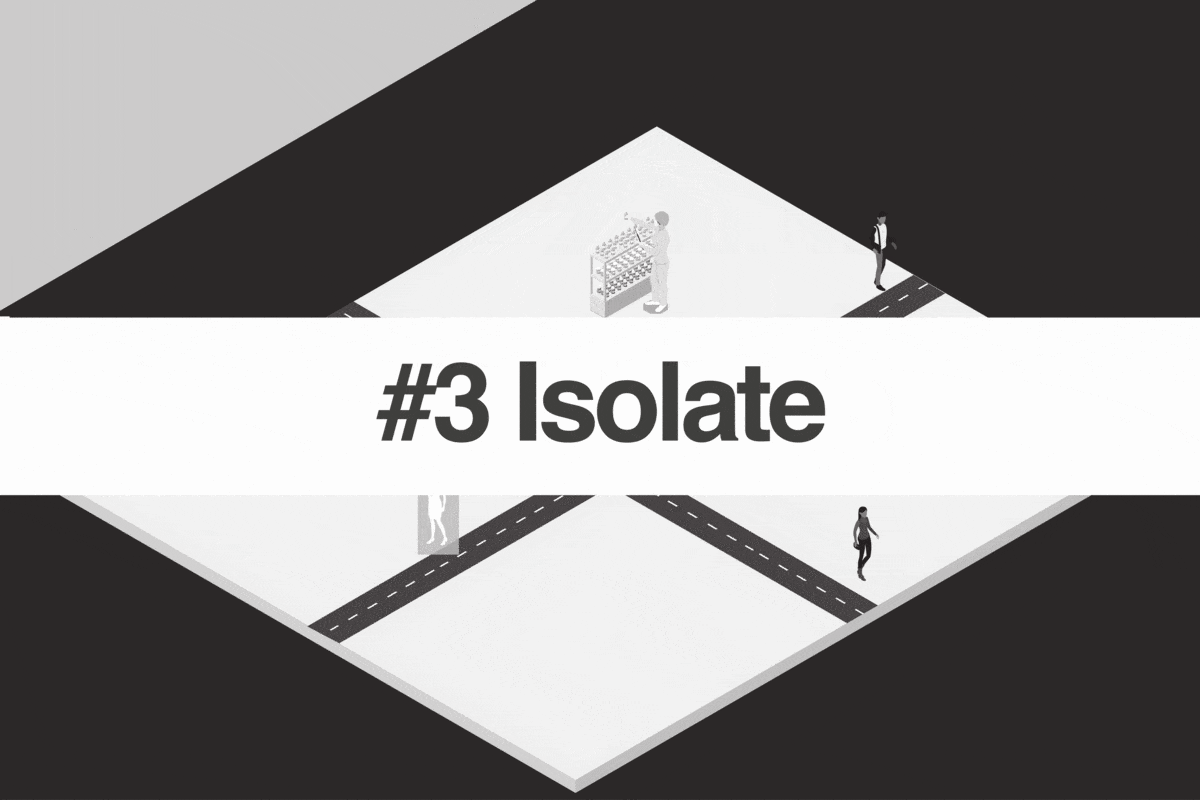
If you can see the virus, then you can isolate it.
That means finding and isolating patients — away from their families — to keep them from spreading it. Self-quarantine just infects other family members and is poorly kept, it doesn’t work. The sick need to be separated from the healthy for this to work.
In China, temperatures were scanned multiple times, people were sent to fever clinics and then quarantined in central facilities. None of this was optional. No one had to wait or beg for a test as in the US, and no one was told to just stay home as in the UK. The authorities were actively looking for and isolating every case, which is what has to be done.
Even young, asymptomatic cases can spread the disease. Everyone needs to be tested and the sick must be isolated to stop community spread. Without widely available testing, this just isn’t possible for most countries. It is nevertheless required.
4 | Trace
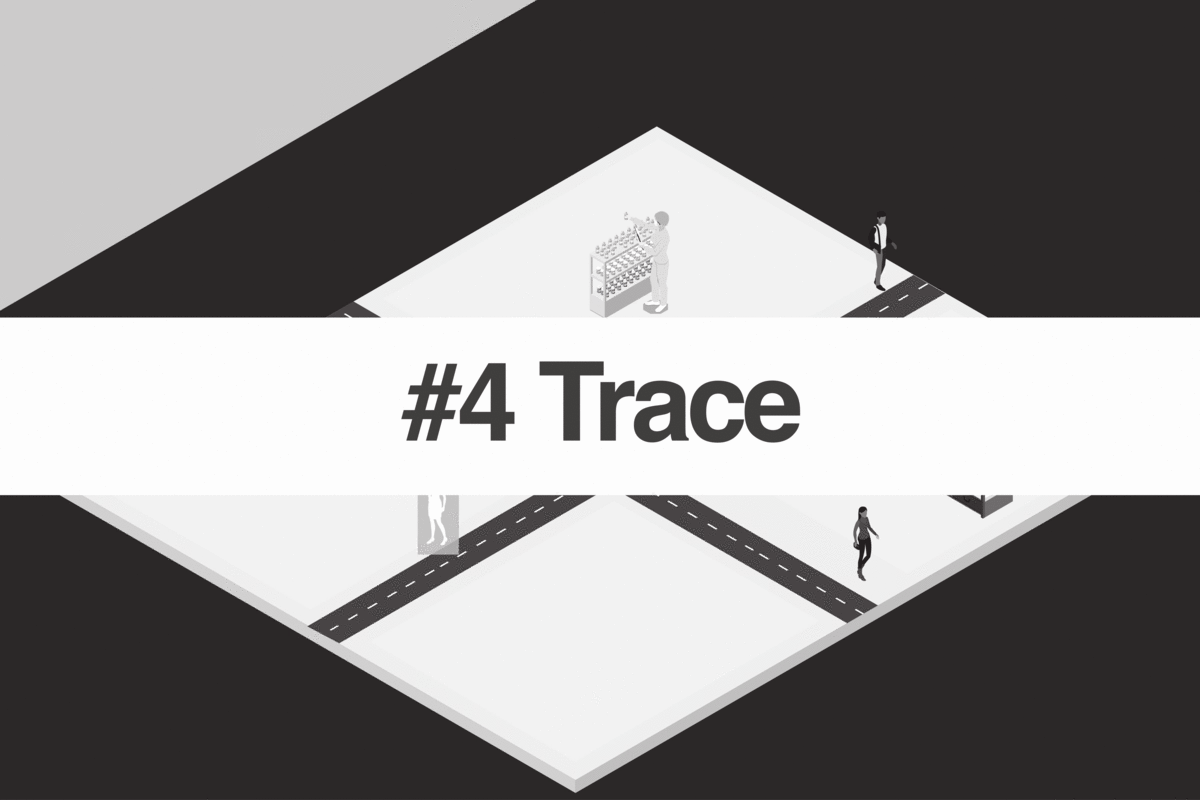
The next step is finding and isolating potential cases. People that have come into contact with the sick, but who may not be showing symptoms yet. They’re still contagious.
This means painstaking, assiduous contact tracing. Using phone records, big data but most often just hundreds of people making thousands of phone calls and going door to door. This becomes counter-productive after more than 100 cases, but for as long as possible contacts need to be traced.
After isolating, every possibly infected person needs to be found, informed, tested and quarantined if necessary. Again, this only applies early in an outbreak. If you have 1,000 cases you’ll be tracing 20,000 contacts. At that point, it’s a waste of resources.
5 | Restart (Safe Mode)
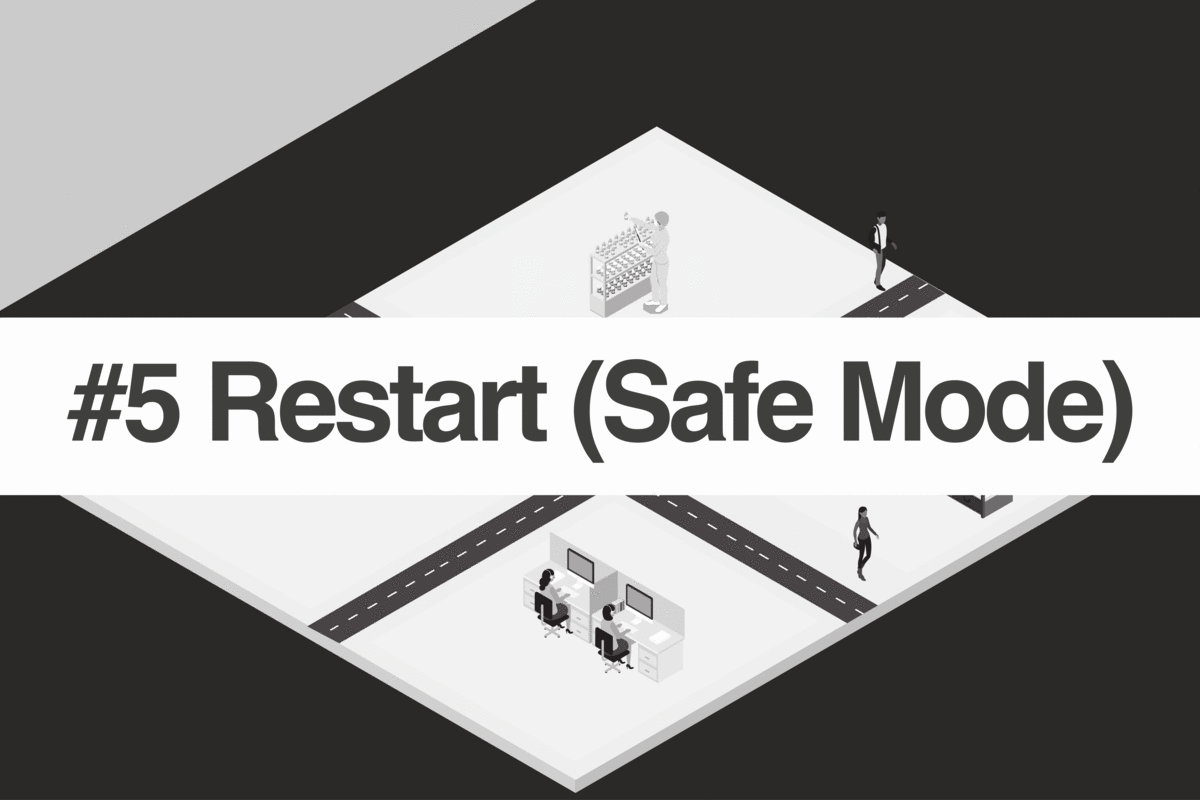
If you’ve somehow managed to buy time, find and isolate the virus, then you can slowly restart your economy. Only now with what is essentially a health police state in place.
Testing, isolating and tracing must be constant activities. This is just part of your economy for now, like metal detectors after a terrorist attack. You can’t relax, but you can at least go out again. People in Singapore, for example, are going to school, working, and sitting far apart at restaurants again.
If you apply controls and controls at your border, you can reopen them as well. This is very sensitive as places like China now get more imported cases than locally transmitted, but — as mentioned — we need global cooperation and a global economy to fight this, and also to just put food on the table.
There is at least light at the end of the tunnel. If testing, isolation, and tracing are strong, countries can bend the curve, prevent thousands of deaths, and tentatively reopen in months rather than who-knows-when.
Bill Gates actually has some expertise on this, and he is right to say countries can restart (in safe mode) after 6–10 weeks. But only if they get every step right. This is really threading a needle, and above all, you have to start last month.
“If a country does a good job with testing and ‘shut down’ then within 6–10 weeks they should see very few cases and be able to open back up.”
Also note, the price of suppression is eternal vigilance. Even the countries listed as successes are still struggling with a second wave. It never ends, until we get a vaccine.
6 | Vaccinate
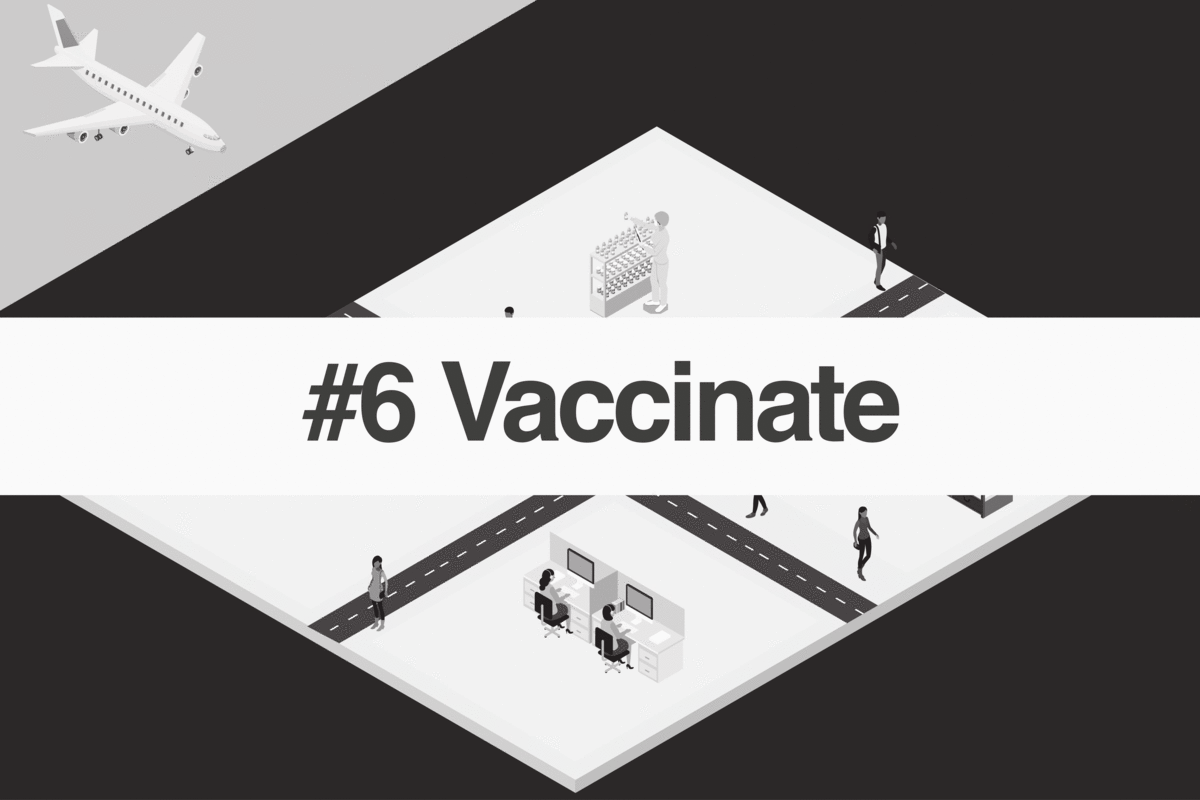
We’re not safe until we have a vaccine.
Until we have a vaccine or highly effective treatment, we will have to live in fear. Theoretically, everyone could just get the disease which would give us some immunity, but that’s quite theoretical. Immunity for some coronaviruses wears off in just months and anyways, tens of millions would die.
There’s no way around it. Countries will have to continue intense suppression efforts until someone develops and shares a vaccine.
This is not advice for your country per se, any vaccine or treatment will likely come from China, the US, Germany or other industrialized nations. But we all need it. That’s how we survived the Measles, Mumps, and Rubella, and it’s the only way this nightmare will end.

This is the best path to getting to life After Coronavirus (AC). That’s really how history is going to be divided now, into before and after.
Unfortunately, this path is already closed for many countries, including the US, UK and much of Europe. This path is rapidly getting narrower and narrower for everyone. Within weeks it will disappear for us all.
Before the vaccine, this is the cultural inoculation. The hard lessons that will give us cultural antibodies for generations. The next pandemic you won’t have to argue about these lessons, people will just know and act. This time, however, many of us had to painfully learn. Many of us have, and will, pay with our lives.
If there’s still time for your country, I wish you Godspeed. If it’s too late, I wish you well. I’ll see you on the other side.